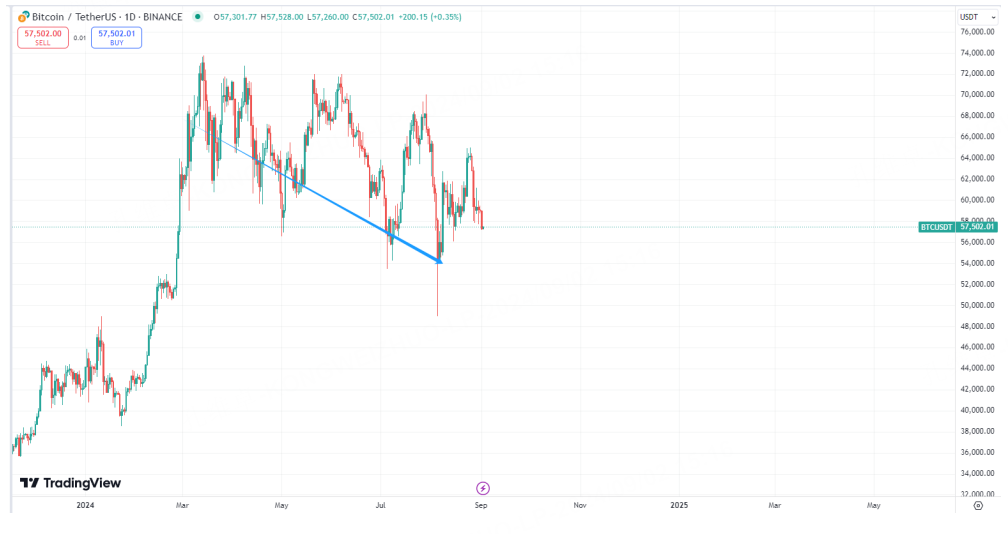How To Beat The Market When A Correction Is looming?
As the Federal Reserve cuts interest rates for the first time this year and the US election at the end of the year approaches, the recent trend of major assets has become increasingly lackluster. This opportunity, which seems to be brewing to break through the market, is actually not highly operable. Coupled with the lack of trading cost performance of several varieties with significant trends, we tend to see more and move less at this stage, which may be a better choice.
First of all, on the three carriages mentioned earlier, gold is already very close to the target price expected at the beginning of the year (2575 +). If you get on the bus now to do long positions, it is easy to waste time at high positions or be washed away due to shocks.
Although the trend of U.S. stocks is still good, and the leading stocks also have a certain degree of resilience, it is also impossible to build a new position to play when there is only a trend but the target price is relatively vague.
Although the current price of Bitcoin has a good profit-loss ratio, since March, the currency price has been falling at high and low points. The fixed investment model is relatively reliable, but there will also be certain risks. Of course, as far as these three are concerned, theoretically, if you go long, Bitcoin will still have an advantage in the medium term.
So, when can we get a relatively clear direction or entry signal? The latest variable is undoubtedly the progress after the Fed's decision.
Although there is no suspense about the results of the related interest rate cuts, whether the boots will become a relative realization of negative/bullish, or whether the expectation of subsequent interest rate cuts will be strengthened remains to be decided by the real money of the market in terms of whether it will become a relative realization of negative/bullish, or whether it will strengthen the expectation of subsequent interest rate cuts. Observing this, we still recommend looking at the performance of the yen.
Taking USD/JPY as a reference, whether the exchange rate can stabilize at the low point around 141 will determine the choice of risk appetite in the whole market. The continued rebound of the yen, or even the fall of the United States and Japan below the long-term low of 136, will mean the further return of so-called arbitrage funds. In this situation, most funds will face more downside risks. On the contrary, breaking through the long-short position of 152 will mean the return of optimism. Another possibility is to maintain the shock of 141-152. Under this situation, the market will be in a relatively controllable situation to maintain the status quo.
For our trading, if the yen reaches a rebound breakthrough stage high after the interest rate cut, we will choose to short or avoid risky assets; The obvious depreciation of the yen can see risky assets before and after the general election; If there is still a dilemma, then continue to brake statically.
$NQ100 Index Main 2409 (NQmain) $$SP500 Index Main 2409 (ESmain) $$Dow Jones Index Main 2409 (YMmain) $$Gold Main 2412 (GCmain) $$WTI Crude Oil Main 2410 (CLmain) $
Disclaimer: Investing carries risk. This is not financial advice. The above content should not be regarded as an offer, recommendation, or solicitation on acquiring or disposing of any financial products, any associated discussions, comments, or posts by author or other users should not be considered as such either. It is solely for general information purpose only, which does not consider your own investment objectives, financial situations or needs. TTM assumes no responsibility or warranty for the accuracy and completeness of the information, investors should do their own research and may seek professional advice before investing.
- windy00·09-04It's important to be cautious during times of market uncertainty.LikeReport

